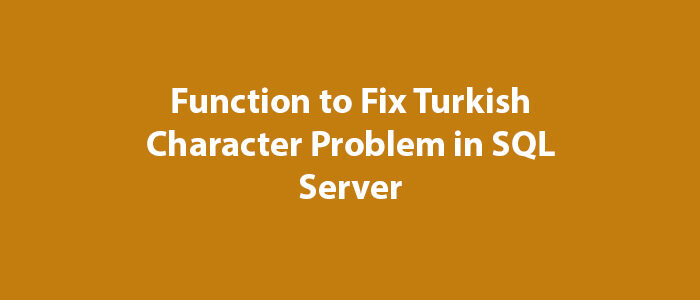What is Union in SQL Server? How is it used?

Hello everyone,
In this article, I will try to give information about what is Union in SQL Server and how it is used.
In SQL Server, Union is an operator that joins the result set of two or more SELECT queries. The union operator removes duplicate rows in the result set and preserves only a single instance of it.
The use of the Union operator is as follows:
SELECT sütun1, sütun2, ... FROM tablo1
UNION
SELECT sütun1, sütun2, ... FROM tablo2
UNION
SELECT sütun1, sütun2, ... FROM tablo3This query combines the result set from table1, table2, and table3, and eliminates duplicate rows. Each SELECT statement must have the same number of columns and the data types of the columns must be the same.
The Union All operator, which is an alternative to the Union operator, preserves all rows in the result set and does not remove duplicate rows. The Union All operator is used with the same syntax, but the Union All expression is used instead of Union.
Union operator can be used to join data from two or more tables or queries. For example, the Union operator can be used to combine data from the “Employees” table, where a company keeps information about its employees, from the “Wages” table, where it keeps information about wages, and from the “Managers” table, where employees keep information about their managers.
- When combining the results of two or more SELECT statements, the union operator must have the same data types, even if the order or names of the columns are different.
The union operator names each column in the result set according to the columns in the first SELECT statement. - Union operator, the ORDER BY statement can be used to determine the order of the columns in the result set.
Union operator, CAST or CONVERT functions can be used to match the data types of the columns in the result set. - The union operator combines the results of two or more tables or queries, while the tables or queries must have the same number of columns. The columns must have the same data type.
- The union operator is advantageous in terms of performance as it eliminates duplicate rows in the result set. However, the Union All operator can be used in cases where duplicate rows need to be preserved.
- The union operator is a useful tool when data needs to be merged. For example, the Union operator can be used to combine data from a customer database with data from a campaign database. In this way, relevant data can be retrieved from both databases and the results can be combined and used.
Table joins are common SQL operations for data manipulation and analysis. Union operator is one of these operations and in some cases it can be used for different needs.
In addition, the Union operator ensures data consistency when combining the results of multiple queries. For example, when combining data from different tables such as the customer table and the order table, the same columns can be retrieved from both tables and the results combined with the Union operator.
The union operator is also useful when combining repetitive data in tables. In this case, the Union operator provides a performance boost by combining the repetitive data in the result set into a single row.
Besides joining operations, the union operator can also be used to combine query results with operations such as sorting, filtering or grouping in different ways.
As a result, the Union operator is a frequently used tool in SQL queries to combine data from different data sources, provide data consistency and gain performance gains.
Good luck to everyone in business and life.


